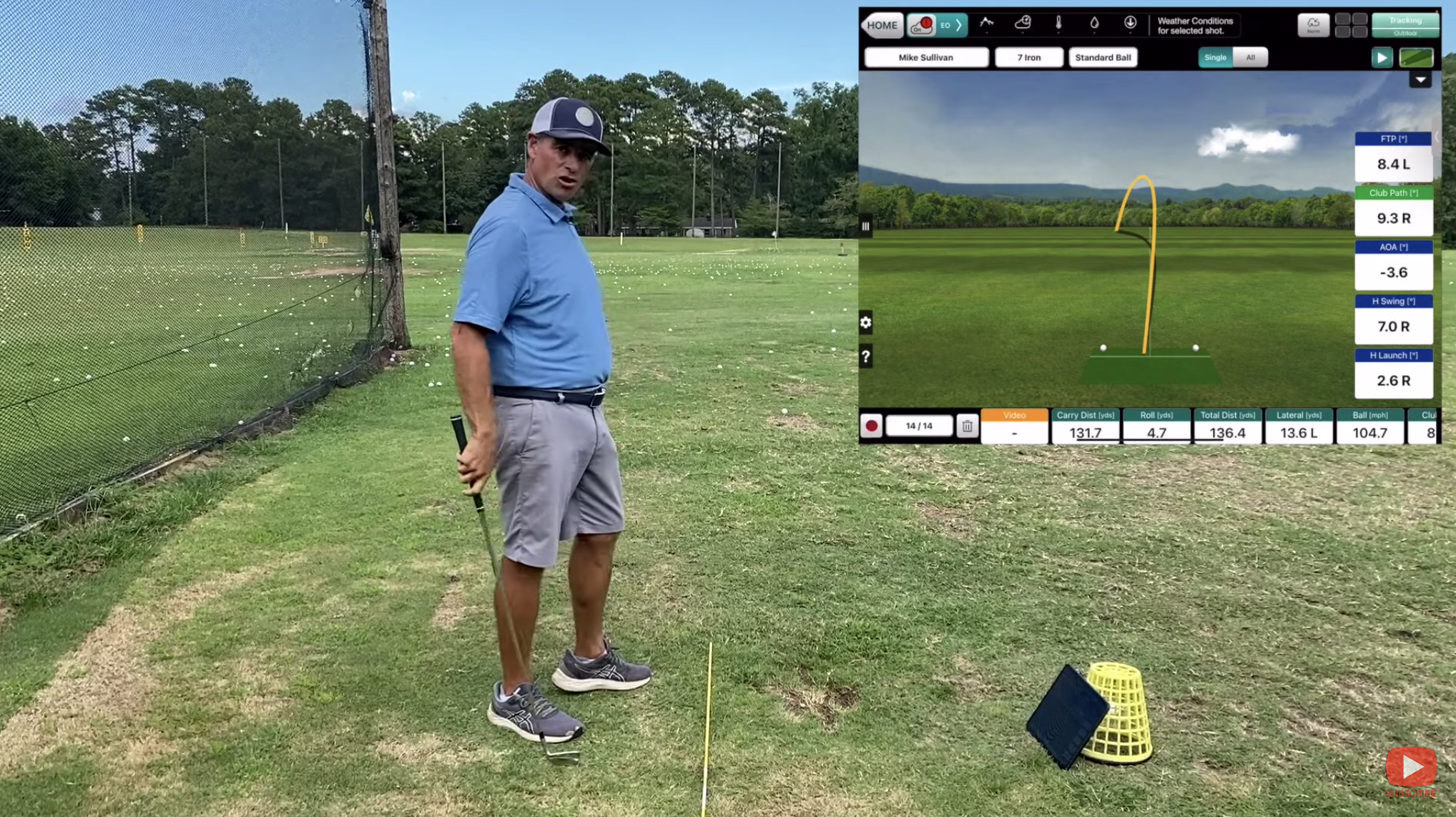This year we have made a comprehensive list of our favorite item(s) in each of 10 categories. If you are stumped for what to get your favorite golfer for Christmas, look no further. Don’t hesitate to reach out to us if you have any questions or need more information on any of the ideas presented below.
1. Launch Monitor
Listen, we know it can get pretty expensive when it comes to a high quality launch monitor. If you are thinking of adding in a simulator, enclosure, etc, it can get even higher. There are a lot of options when it comes to launch monitors but we think the biggest bang for your buck and the launch monitor with the best quality for the price is…The Flightscope Mevo+. Make sure to add the Mevo+ Pro Package (an additional $1000 but well worth it) at check out. This launch monitor gives you ALL the data points you need in order to improve your game at home or on the range.
2. Training Aid
There is no training aid better than the SKLZ gold flex or Orange whip. They both accomplish the same thing and the benefits are numerous. This relatively inexpensive tool can help your tempo, swing path, weight transfer, and much more. It’s a tough one to wrap but definitely a must-have for the golfer on your list who is serious about improving his or her swing.
3. Golf Lessons
We have to admit that we are a little biased here but we do think it’s a great gift idea for the golfer on your list. If they’ve never had a lesson before, are struggling with their swing, frustrated at the lack of progress, these are all reasons that a golf lesson can be beneficial. Our golf school offers a lot of different ways to learn including private lessons, group instruction, and even remote lessons that can be done from anywhere in the world. Check out our page for more information on ways you can surprise your favorite golfer with the gift of a better golf game.
4. Putting Tool
There are a bunch of different putting tools that are designed to really improve your short game and particularly on the green. Our absolute most favorite putting tool is the Dave Pelz 3 Pack Putting Clips. This putting tool is VERY inexpensive and perfect for a stocking stuffer. The benefits are incredible in helping your golfer hit the center of the putter face every time they putt.
5. Golf Balls
You can’t really go wrong with Titleist ProV1’s but if you are looking for a little bit less expensive but definitely VERY high quality, we recommend the Srixon Z-Star. At $20 cheaper per box, this is a definite must. EVERY golfer can use more balls…
6. Accessories
This is something we chose for this category because it’s something every golfer should have but very few will purchase for themselves until they absolutely need it. And sometimes by then, it’s too late. These winter weather gloves are water proof and most importantly they are warm. These are a great addition to any serious golfer’s bag.
7. Range Finder
We found both of these items to be great tools for getting your yardage on the course. Whether you want the information right on your wrist or you prefer the traditional method of getting your distance, these are both awesome. Click the button below to learn more about each product.
Golf Watch
8. Gift Certificate
The beauty of this one is that your favorite golfer can choose whatever they want with the freedom of a gift certificate. The sky is the limit: golf lessons, clothes, clubs, accessories, golf travel, etc.
9. Rain Gear
Golf clothes are always a great choice. I think most golfers would say that they can never have enough golf shirts. However, along the lines of number 6, rain gear is something every golfer should have. Rain gear can get pretty pricey if you decide to go with Galvin Green or Taylormade for your gear but we think you can do pretty well with Sun Mountain or Columbia at a fraction of the price.
10. Plan a Golf Trip
This one is a little indulgent but we think it’s worth a mention. When it comes to creating memories, there’s nothing like pairing great golf with travel. We have some of our own golf trip dreams but if you are looking to make an impression, the experience will last a lifetime. Check out some of the amazing options right here in the US: Bandon Dunes, OR, Pebble Beach, CA, Pinehurst, NC, and Scottsdale, AZ. So many choices, we don’t have enough space here. Maybe we will save that for our next blog.
Did we miss something? What are you getting for that special golfer on your list?



































































